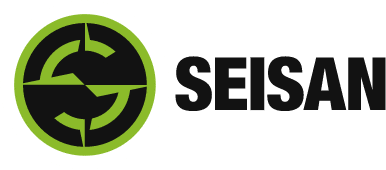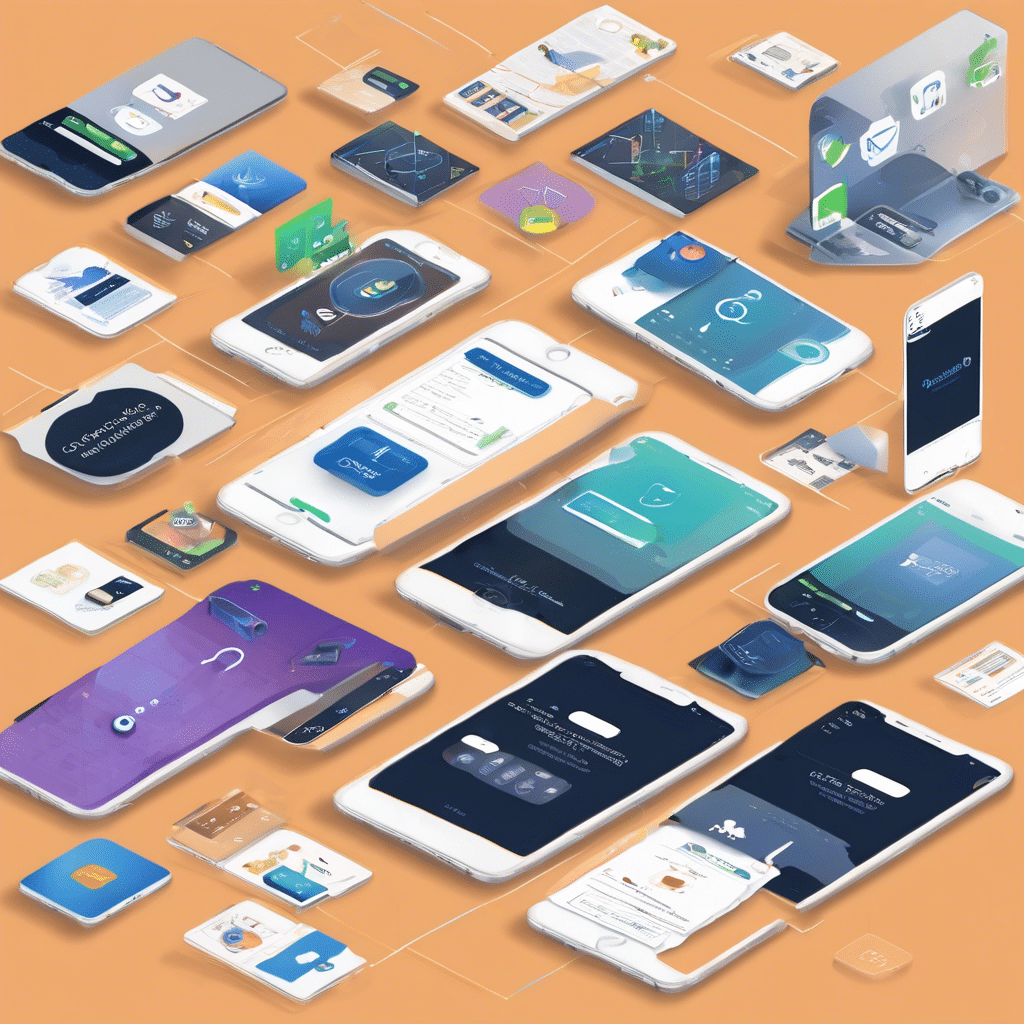Application modernization is a great way for brands to keep their software up-to-date and running at maximum efficiency. If implemented well, it will help you reduce any future maintenance costs and will make your system durable in terms of functionality and security.
The longer a software runs, the more bugs and errors it will accumulate over time. To prevent these bugs from taking over your code, there are a few best practices you need to follow to maximize your application modernization.
1. Conduct a UX/UI Audit
Conducting a UX/UI (User Experience/User Interface) audit regularly should ensure that your software is running as you intended it. This is the best way to do consistent quality assurance checks for smoother performance.
These checks could be conducted in a number of areas including loading times, service buttons, and anything you can think of. Even the smallest inconvenience for users could lead to lower user retention.
As a whole, UX/UI audits will help you spot and resolve any conflicts in your program that could potentially affect your software negatively.
2. Review Code for Bugs
For every new feature you roll out in your software, it helps to review your existing code for compatibility. It is especially true for new modules or plugins that could slow down your system if left unchecked.
Your code must be continually adapting in order for your software to continue running smoothly. If you find yourself constantly editing your code, then this is a good sign. Companies like Insurtech platforms need to look out for new trends in AI and blockchain to keep their systems secure.
At some point, you might not even recognize your original code at all. But don’t worry, this is merely the natural progression of software. Reviewing your code will not only help your software but encourage knowledge-sharing in your developer team.
3. Utilize Software Migration
Software migration involves the transfer of various data from one operating platform to another. These data may involve moving anything from databases and networks to entire IT infrastructures.
Most companies use it for a number of reasons. For instance, you want to integrate certain plug-ins into a platform that doesn’t support it, or even if you want to benefit from another platform’s features.
You could also opt for software migration if you feel that your current platform does not suit your software’s needs. This could be based on the results of your UX/UI audit as well. Moving to the cloud is a big push that has been hot lately.
4. Improve Upon Features
A crucial component in software development is improving upon your features. Make the most out of your software by ensuring that you are always working on it. When you use everything you’ve learned from your audits and code reviews, you will make the most out of the software.
It’s also important to keep your software up to date with the latest technology. Learn to automate social media posting, or even apply AR or VR technology on your website or app.
Conclusion
App modernization is key to constant improvement. If your software can keep up with the latest trends and technology, it will boost your audience engagement, and it will help you get the most out of your development.
For a more holistic approach to mobile app modernization, it’s best to talk to the experts. Seisan Consulting, LLC. is an IT consulting service in Lancaster, PA that can help you find the best digital solutions with state-of-the-art technology. Consult with us today!




